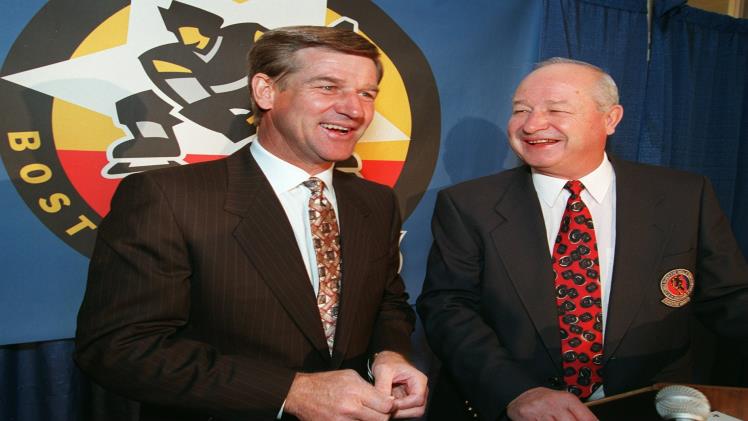Bobby Orr is one of hockey’s most decorated and accomplished players. He is the only defenseman to have won the Art Ross Trophy as the NHL’s top scorer and his influence on the game is still felt today. Orr was born in Parry Sound, Ontario in 1948 and began playing hockey at the age of five. As a youth, he dominated the game, scoring over 300 goals in one season. He was signed by the Boston Bruins in 1966 and quickly made an impact in the NHL. In his first season, Orr was awarded the Calder Trophy as the NHL’s rookie of the year after leading defensemen with 13 goals and 28 assists. He went on to win the Norris Trophy as the league’s top defenseman eight times and was named to the NHL All-Star team twelve times. Orr is best known for his offensive prowess, becoming the only defenseman in NHL history to lead the league in scoring, capturing the Art Ross Trophy in 1970 and
1. He is also the only defenseman to have scored more than 100 points in a season, achieving the feat twice. Orr won two Stanley Cups with the Bruins and was awarded the Conn Smythe Trophy as the playoffs’ most valuable player both times. He was inducted into the Hockey Hall of Fame in 1979 and his number four jersey was retired by the Bruins in
2. Orr’s influence on the game is still felt today. His offensive style of play revolutionized the position of defenseman and he is often credited with changing the game of hockey forever. Orr retired in 1979, but his legacy will live on for years to come.
His offense was prolific; he scored a record number of goals and assists for a defenseman and was considered an elite playmaker. On defense, his ability to read the game and make split-second decisions enabled him to effectively shut down opposing players and ignite the Bruins’ transition game. The impact of Bobby Orr’s performance on his opponents was no less impressive. He routinely made them look foolish with his superior skating and puck-handling ability, often leaving them in the dust with his speed and agility. He was also known for his devastating hip checks, which could knock an unsuspecting opponent off their feet and render them unable to continue the play. His physicality was legendary; he was one of the first players to use body-checking as an effective defensive strategy.

